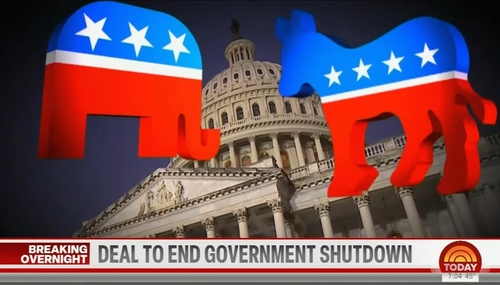An August 4 Time magazine article by Michael Grunwald comes to Sen. Barack Obama’s defense against Republican claims that his energy policy of keeping tires properly inflated is a joke. The article, entitled "The Tire-Gauge Solution: No Joke," argues that if everyone were to keep their tires properly inflated and keep up with regular auto maintenance, demand for gasoline would immediately be reduced by several percentage points whereas offshore drilling would only meet one percent of America’s demand two decades from now:
The Bush Administration estimates that expanded offshore drilling could increase oil production by 200,000 bbl. per day by 2030. We use about 20 million bbl. per day, so that would meet about 1% of our demand two decades from now. Meanwhile, efficiency experts say that keeping tires inflated can improve gas mileage 3%, and regular maintenance can add another 4%. Many drivers already follow their advice, but if everyone did, we could immediately reduce demand several percentage points. In other words: Obama is right.
Grunwald also used this opportunity to promote energy conservation, claiming that:
The real problem with the attacks on his tire-gauge plan is that efforts to improve conservation and efficiency happen to be the best approaches to dealing with the energy crisis — the cheapest, cleanest, quickest and easiest ways to ease our addiction to oil, reduce our pain at the pump and address global warming. It's a pretty simple concept: if our use of fossil fuels is increasing our reliance on Middle Eastern dictators while destroying the planet, maybe we ought to use less.
But ABC’s Jake Tapper also fact-checked Obama’s statement on keeping tires inflated, and he reached a different conclusion. Tapper quoted Frank Verrastro, Director and Senior Fellow at the Center for Strategic and International Studies (CSIS), who came up with this analysis (emphasis mine):
[T]he production offset [from keeping tires inflated] is more likely to approach 800 thousand barrels per day – a tidy sum and a worthwhile target for savings, but not equal to [Outer Continental Shelf] output.
Finally, without knowing what production volumes could be expected from lifting the ban on OCS drilling moratoria, it’s impossible to assert that taking these fuel savings actions would exceed future offshore oil volumes, and in fact, one might argue that the combination of achieving these savings AND developing new supply would doubly enhance US energy security.




